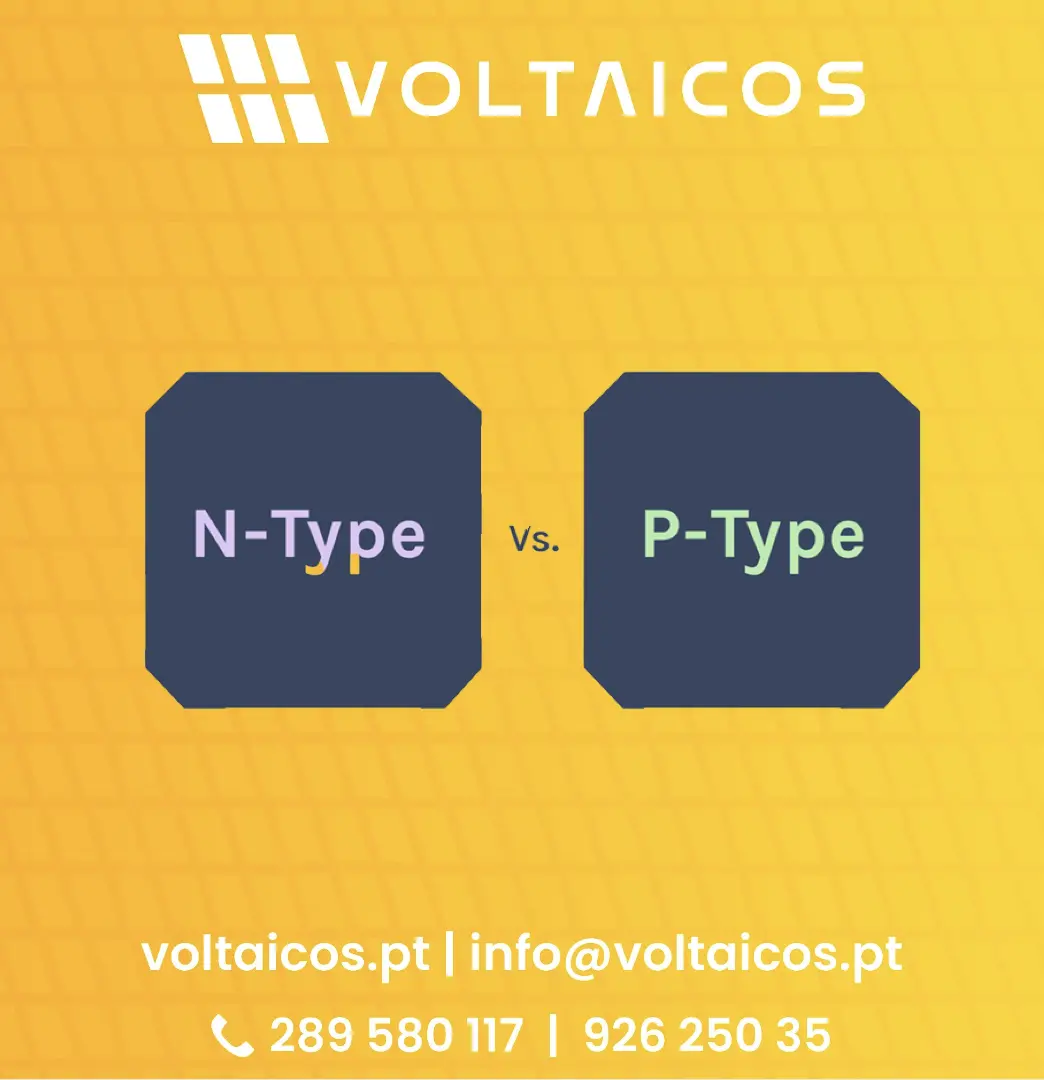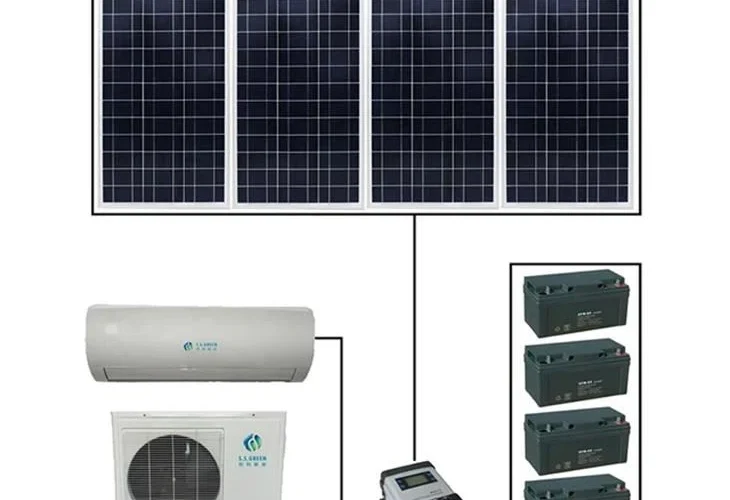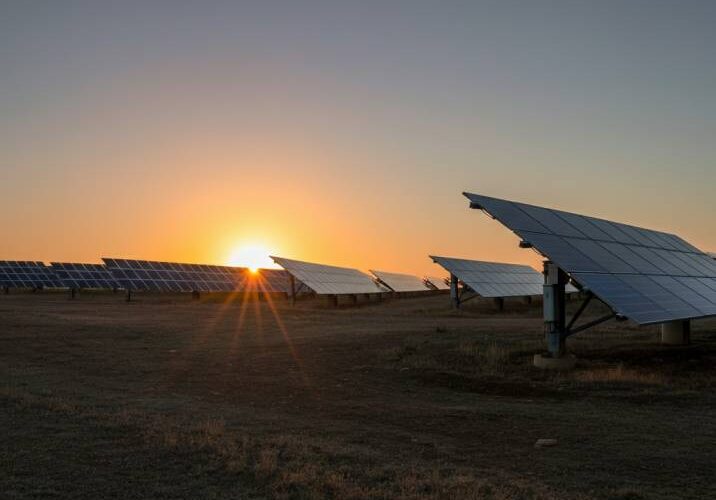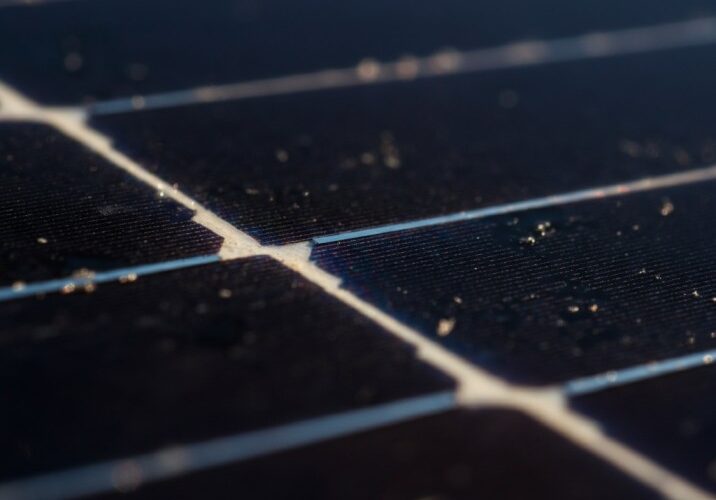Solar panel technology has evolved significantly over the years, with a notable shift towards N-type solar panels due to their superior performance, durability, and efficiency. While P-type solar panels have historically been more common, their limitations make them less favorable in today’s market. This guide will explore the differences between P-type and N-type solar panels, their benefits, and why N-type models are becoming the preferred choice for solar installations.
What Are P-Type and N-Type Solar Panels?
Understanding the Basics of P-Type Solar Panels
P-type solar panels use silicon wafers doped with boron, a positively charged element. This technology has been the backbone of solar panel manufacturing for decades due to its simplicity and lower production costs. However, P-type panels come with notable drawbacks:
- Higher Degradation: P-type panels are more susceptible to Light-Induced Degradation (LID), reducing their efficiency over time.
- Lower Efficiency: Typically, P-type panels have lower efficiency compared to N-type models.
- Shorter Warranty Periods: The warranties for P-type panels are generally less robust, reflecting their shorter expected lifespan.
While P-type panels are still available and are often cheaper, their disadvantages make them a less attractive option for long-term solar energy solutions.
Understanding the Basics of N-Type Solar Panels
N-type solar panels utilize silicon wafers doped with phosphorus, a negatively charged element. This advanced technology addresses many of the limitations associated with P-type panels:
- Lower Degradation: N-type panels experience minimal LID, ensuring consistent performance over their lifespan.
- Higher Efficiency: With efficiencies reaching up to 22% or more, N-type panels outperform P-type models.
- Longer Warranties: Manufacturers often provide warranties of 25 to 30 years, reflecting the durability of N-type technology.
Key Differences Between P-Type and N-Type Solar Panels
Degradation Rates
There is a difference in degradation between P-Type and N-Type Solar Panels. One of the most significant advantages of N-type panels is their low degradation rate. P-type panels can lose up to 1% of their efficiency in the first year alone, while N-type panels typically lose only 0.25-0.40% annually. Over 30 years, this difference can result in significantly higher energy production from N-type panels.
Efficiency Levels
N-type solar panels offer higher efficiency due to better light absorption and electron mobility. This makes them ideal for maximizing energy output, especially in limited space.
- N-Type Efficiency: Up to 22% or more.
- P-Type Efficiency: Generally around 18-20%.
Warranty and Lifespan
P-Type and N-Type Solar Panels often come with warranties of 25 to 30 years for N-type panels, reflecting their superior durability. In contrast, P-type panels typically offer warranties of 10 to 20 years, indicating their shorter lifespan and higher susceptibility to performance loss. Learn more about high-quality solar panel offerings.
Cost Considerations
While P-type panels are initially cheaper, the long-term benefits of N-type panels—such as higher efficiency, longer lifespan, and better warranties—make them a more cost-effective choice over time.
Why N-Type Solar Panels Are the Future
The shift towards N-type solar panels is driven by their numerous advantages:
- Better Performance in High Temperatures: N-type panels maintain efficiency even in hot climates, making them ideal for locations like Portugal.
- Superior Reliability: With lower degradation and longer warranties, N-type panels offer peace of mind for homeowners and businesses.
- Eco-Friendly Design: N-type panels have a lower carbon footprint during manufacturing, aligning with sustainability goals.
Choosing the Right Solar Panel for Your Needs
When considering a solar panel investment, P-Type and N-Type Solar Panels stand out as the clear winner for most applications. The higher efficiency, durability, and long-term performance of the N-type, make them the ideal choice for modern solar installations. P-type panels, while cheaper upfront, may not provide the same value over time due to their higher degradation and shorter warranties.
Explore Our Solar Solutions
- Solar Panels: Learn more about our high-quality solar panel offerings.
- Solar Batteries: Discover solar batteries systems in Algarve.
- Free Consultation: Get a personalized solar energy assessment today.
Conclusion: Which is better, p-type or n-type solar panel?
While P-type solar panels have paved the way for solar energy adoption, their limitations make them less suitable for modern applications. N-type solar panels, with their superior efficiency, durability, and long-term performance, are the future of solar energy. Whether you’re a homeowner or a business in Portugal, investing in N-type solar panels ensures you get the best value and performance for years to come.
Read mode of our blogpost:
Top 4 Choices: What Are the Best Quality Solar Batteries in 2025?
How Long Will a 10kW Solar Battery Last? Discover the Amazing Benefits!
Maximum System Voltage in a Solar Panel: 3 Things You Should to Know!
Sources:





